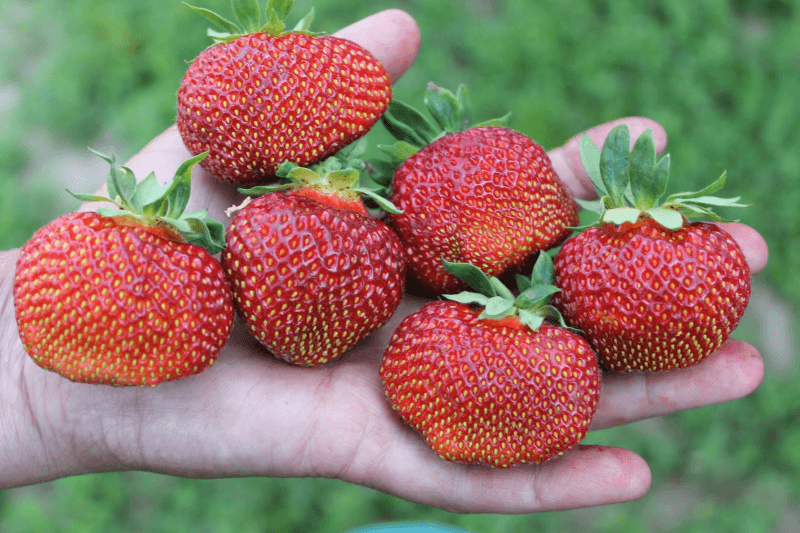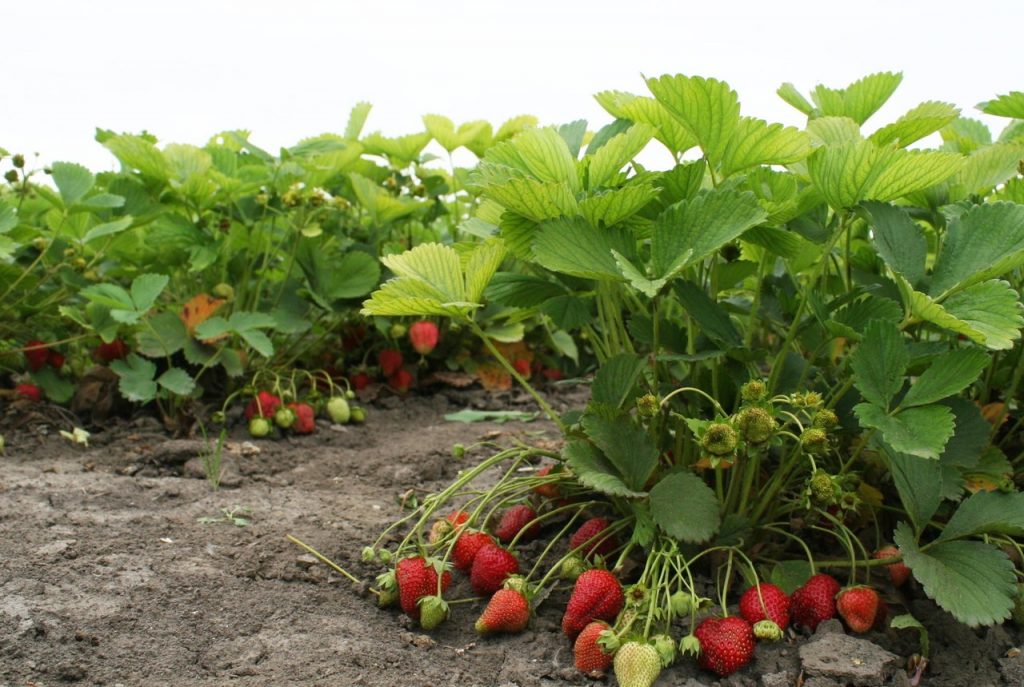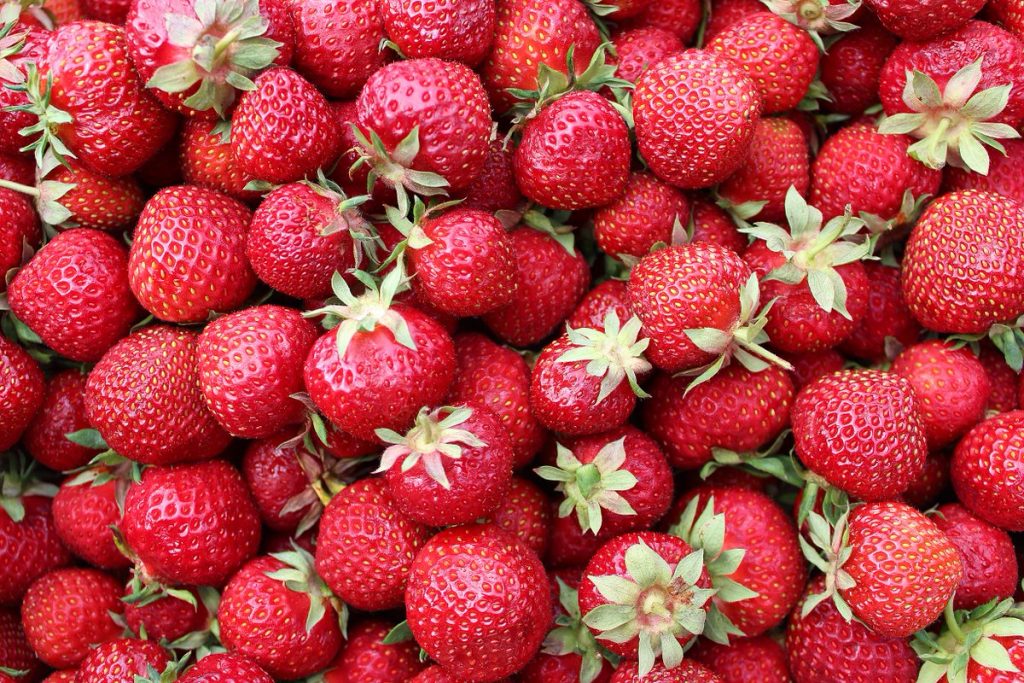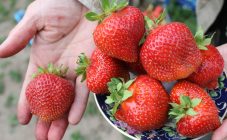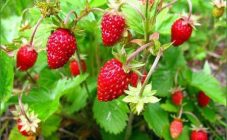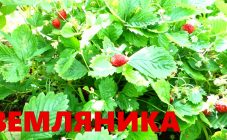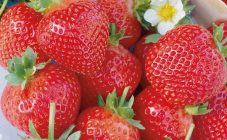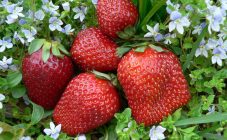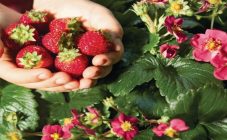Content:
In the recent past, the Polka strawberry was a brilliant industrial variety, but, alas, under the onslaught of new varieties, it is losing ground. However, this strawberry berry came to the liking of summer residents, who willingly grow it on their personal plots and summer cottages. This popularity is due to the excellent taste of large fruits, as well as good keeping quality and transportability.
Strawberry Shelf: description of the variety and its characteristics
Garden strawberry Polka (Strawberry Polka) was obtained in the Netherlands in 1977 by crossing the Dutch varieties Sivetta and Unduka. Despite the loss of its leading positions, the variety meets many of the requirements that this crop presents when grown in summer cottages. That is why it deserves the attention of domestic agronomists and farmers.
The Polka variety is classified as medium early and productive. The height of the bushes is average, as practice shows, the height of the shoots does not exceed 10-12 cm. If all agrotechnical rules are observed, the bushes grow quite massive. On them, wrinkled leaves of a deep green color are formed. If you look closely, you can see leaves from 4-5 blades. Peduncles are formed on the same level with the leaves.
A characteristic feature of the variety is the active formation of a mustache. A large number of rosettes and whiskers are formed on the shoots, thanks to this the plant bears fruit quickly and effortlessly. But at stable high temperatures, the process of formation of outlets slows down, their number decreases.
Fruits are large in size, color - bright red, dense glossy rind. Berries are characterized by a cone shape with a blunt end. The weight of berries, depending on the observance of the rules of care and weather conditions, can vary from 40 g to 60 g. The weight of the last berries in the season does not exceed 20 g. The variety is characterized by amicable ripening. The fruit has an excellent taste: the berry is sweet, with a pleasant caramel aftertaste.
Fruiting is abundant, up to 2 kg of berries can be collected from the bush. Cold hardiness in fruits is average.
During transportation, the fruits do not emit juice and do not lose their shape.
Agrotechnics
Strawberry Shelf is undemanding to care for, but to get a decent harvest, you will need to follow the listed rules of agricultural technology.
The best place for planting strawberries is a well-lit area. It must be prepared in advance by digging up and removing the weeds. It is imperative to add rotted manure or compost, mineral fertilizers to the soil.
You should start preparing the beds two weeks before the expected planting date.
Features of strawberry care:
- The soil should have a slightly acidic reaction.
- The most favorable time for planting crops is from August to September.
- The distance between the bushes must be maintained at least 0.4 m.
- For the first time, fertilization is recommended in spring.
- During fruiting, strawberries should be fertilized with wood ash, potash fertilizers, chicken droppings.
- The plant begins to water in the spring, in April. Watering is carried out at intervals of a week and so on until the end of the growing season. It is recommended to use a drip system for watering.
- Watering is recommended in the evening using warm water.
After harvesting, it is necessary to collect all damaged fragments and carry out preventive treatment against diseases and pests, apply fertilizers.
During preparation for the winter, the plant is covered with special fiber, spruce or sawdust.
The plant must be transplanted in spring or autumn. When growing crops in greenhouses, transplanting can also be carried out in winter.
Diseases and pests
The shelf is characterized by strong immunity, but is often exposed to diseases of the root system.
Verticillosis is a fungal pathology that affects the vascular system of a plant, which leads to its death. The first alarming symptoms: unhealthy appearance, clear signs of wilting and stunted growth. As the disease develops, the leaves fall on the ground, look lethargic. If the foliage acquires a yellowish-pink color, all attempts to save the strawberry are in vain.
Disease prevention:
- Timely collection and destruction of weeds.
- Compliance with agrotechnical rules.
- Regular treatment of bushes and soil around them with insecticides.
When strawberry plantations are affected, they are irrigated with fungicides; all affected areas must first be removed.
Advantages and disadvantages
Garden strawberry Polka has many advantages, which more than cover the disadvantages. The main ones are:
- Frost resistance - this variety of strawberries is immune to temperature extremes, but in order for the winter to pass without losses, the culture will need to be covered.
- Unpretentious cultivation - for cultivation, a minimum of physical and financial costs are required.
- The versatility of the use of fruits - consumed fresh, and also processed for the production of juices, purees, jams, preserves, etc.
- Possesses good keeping quality, subject to storage rules, can be transported over long distances.
- High resistance to disease, but preventive measures are required.
The disadvantages of the variety include:
- The plant needs regular pruning, otherwise the bushes will grow rapidly.
- Rapid degeneration - after several years, the fruits begin to shrink, the culture needs to be transplanted.
- Despite the fact that the breeders positioned the variety as drought-resistant, with a moisture deficit, the taste and quality of the fruits noticeably deteriorate.
Strawberry Polka is an unpretentious, but painfully tasty culture. It is not difficult to grow a plant, it is enough for a gardener to familiarize himself with all the rules of agricultural technology.
